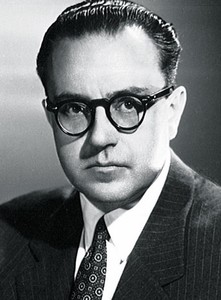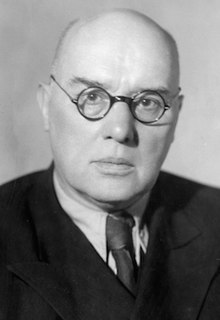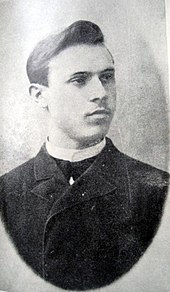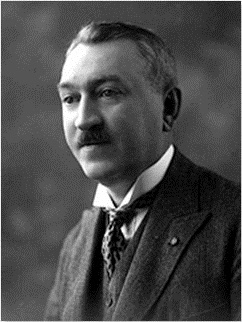
Alberto Ginastera |
Contents
Alberto Ginastera

Alberto Ginastera is an Argentine composer, an outstanding musician in Latin America. His works are rightfully considered among the best examples of music of the XNUMXth century.
Alberto Ginastera was born in Buenos Aires on April 11, 1916, in a family of Italian-Catalan immigrants. He began to study music at the age of seven and entered the conservatory at the age of twelve. In his student years, the music of Debussy and Stravinsky made the deepest impression on him. The influence of these composers can be observed to some extent in his individual works. The composer did not save his first compositions written before 1936. It is believed that some others suffered the same fate, due to Ginastera’s increased demands and auto-criticism of his work. In 1939, Ginastera successfully graduated from the conservatory. Shortly before that, he completed one of his first major compositions – the ballet “Panambi”, which was staged on the stage of the Teatro Colon in 1940.
In 1942, Ginastera received a Guggenheim Fellowship and went to the United States, where he studied with Aaron Copland. Since that time, he began to use more complex compositional techniques, and his new style is characterized as subjective nationalism, in which the composer continues to use traditional and popular elements of Argentine music. The most characteristic compositions of this period are “Pampeana no. 3” (Symphonic pastoral in three movements) and Piano Sonata No. one.
Upon his return from the USA to Argentina, he founded the conservatory in La Plata, where he taught from 1948 to 1958. Among his students are the future composers Astor Piazzolla and Gerardo Gandini. In 1962, Ginastera, together with other composers, created the Latin American Center for Musical Research at the Instituto Torcuato di Tella. By the end of the 60s, he moved to Geneva, where he lives with his second wife, cellist Aurora Natola.
Alberto Ginastera died on June 25, 1983. He was buried in the Plainpalais cemetery in Geneva.
Alberto Ginastera is the author of operas and ballets. Among other works of the composer are concertos for piano, cello, violin, harp. He has written numerous works for symphony orchestra, piano, music for theater and cinema, romances, and chamber works.
Musicologist Sergio Pujol wrote about the composer in his 2013 book One Hundred Years of Musical Argentina: “Ginastera was a titan of academic music, a kind of musical institution in itself, a paramount figure in the cultural life of the country for four decades.”
And here is how Alberto Ginastera himself perceived the idea of writing music: “Composing music, in my opinion, is akin to creating architecture. In music, this architecture unfolds over time. And if, after the passage of time, the work retains a sense of inner perfection, expressed in the spirit, we can say that the composer managed to create that very architecture.”
Nadia Koval
Compositions:
operas – Airport (Aeroporto, opera buffa, 1961, Bergamo), Don Rodrigo (1964, Buenos Aires), Bomarso (after M. Lines, 1967, Washington), Beatrice Cenci (1971, ibid); ballets – choreographic legend Panambi (1937, staged in 1940, Buenos Aires), Estancia (1941, staged in 1952, ibid; new edition 1961), Tender night (Tender night; based on concert variations for chamber orchestra, 1960, New York); cantatas – Magical America (America magica, 1960), Milena (to texts by F. Kafka, 1970); for orchestra – 2 symphonies (Portegna – Porteсa, 1942; elegiac – Sinfonia elegiaca, 1944), Creole Faust Overture (Fausto criollo, 1943), Toccata, Villancico and Fugue (1947), Pampean No. 3 (symphonic pastoral, 1953), Concert Variations (Variaciones concertantes, for chamber orchestra, 1953); concerto for strings (1965); concerts with orchestra – 2 for piano (Argentinian, 1941; 1961), for violin (1963), for cello (1966), for harp (1959); chamber instrumental ensembles — Pampean No. 1 for violin and piano (1947), Pampean No. 2 for cello and piano (1950), 2 string quartets (1948, 1958), piano quintet (1963); for piano – Argentine dances (Danzas argentinas, 1937), 12 American preludes (12 american preludes, 1944), suite Creole dances (Danzas criollas, 1946), sonata (1952); for voice with instrumental ensemble – Melodies of Tucuman (Cantos del Tucumán, with flute, violin, harp and 2 drums, to lyrics by R. X. Sanchez, 1938) and others; romances; processing – Five Argentinean folk songs for voice and piano (Cinco canciones populares argentinas, 1943); music for the drama “Olyantai” (1947), etc.





